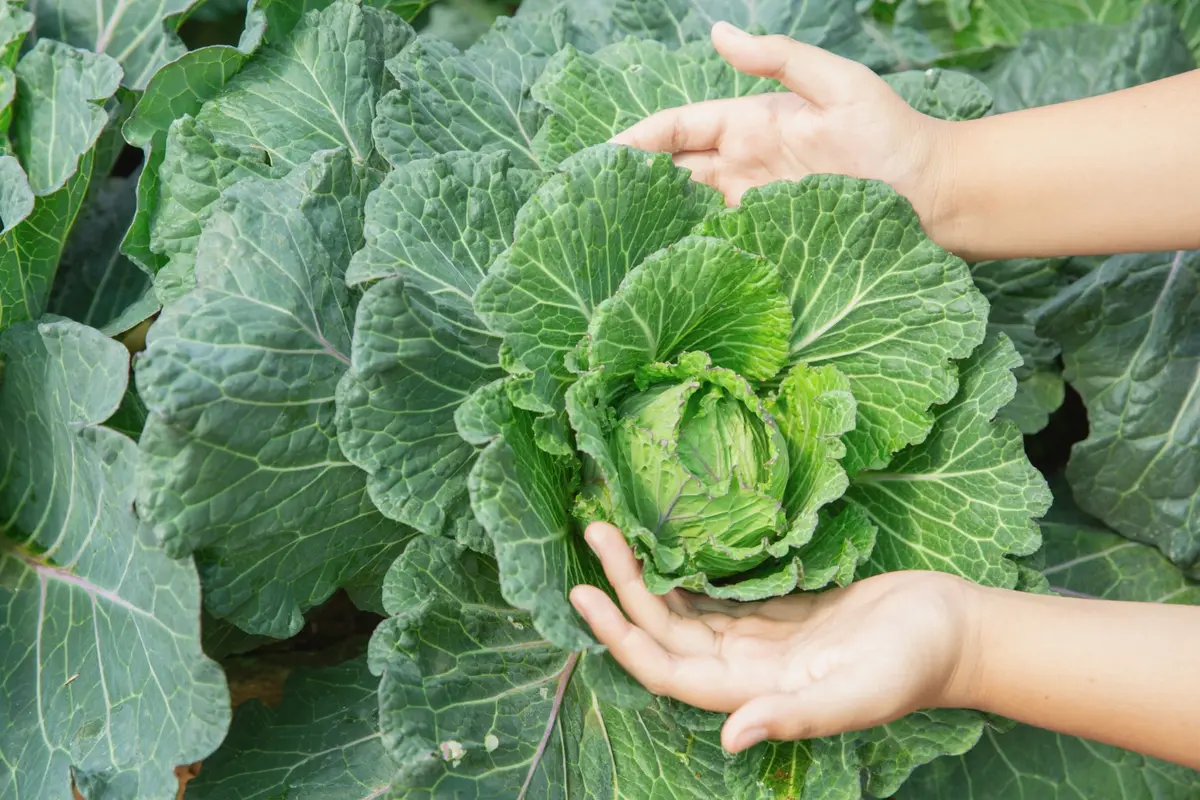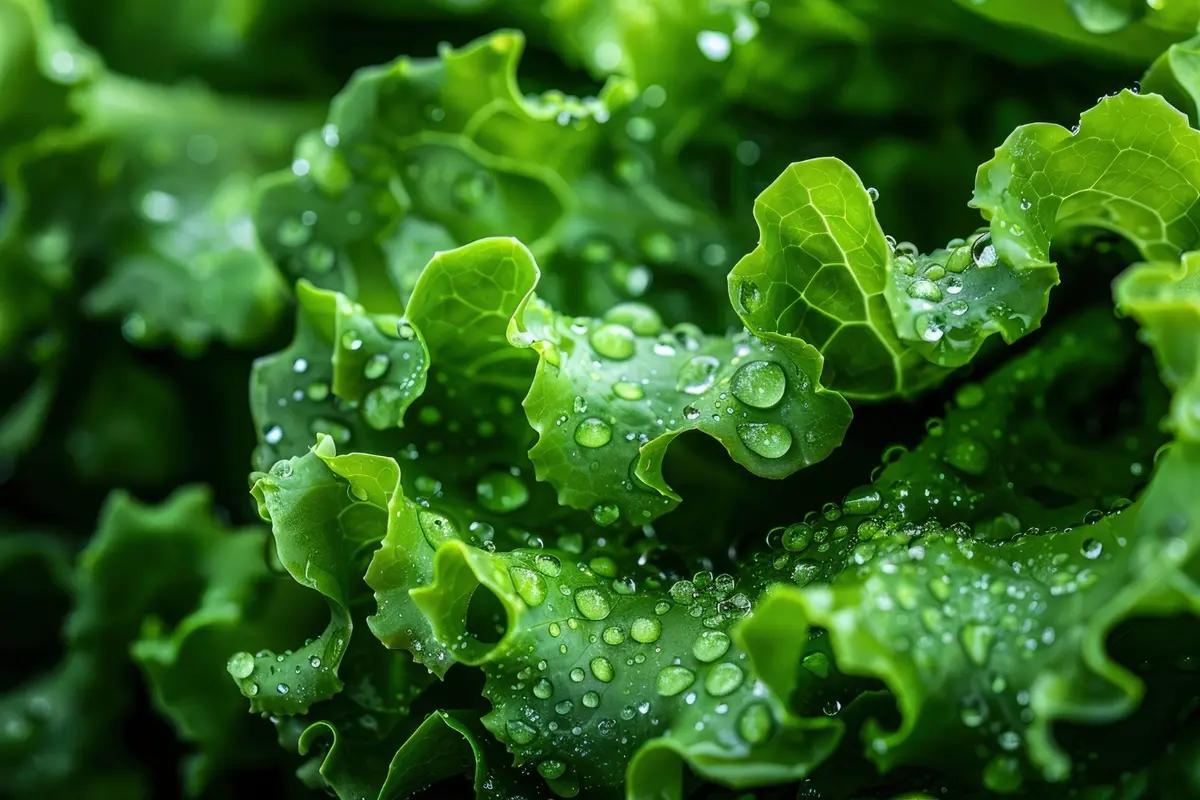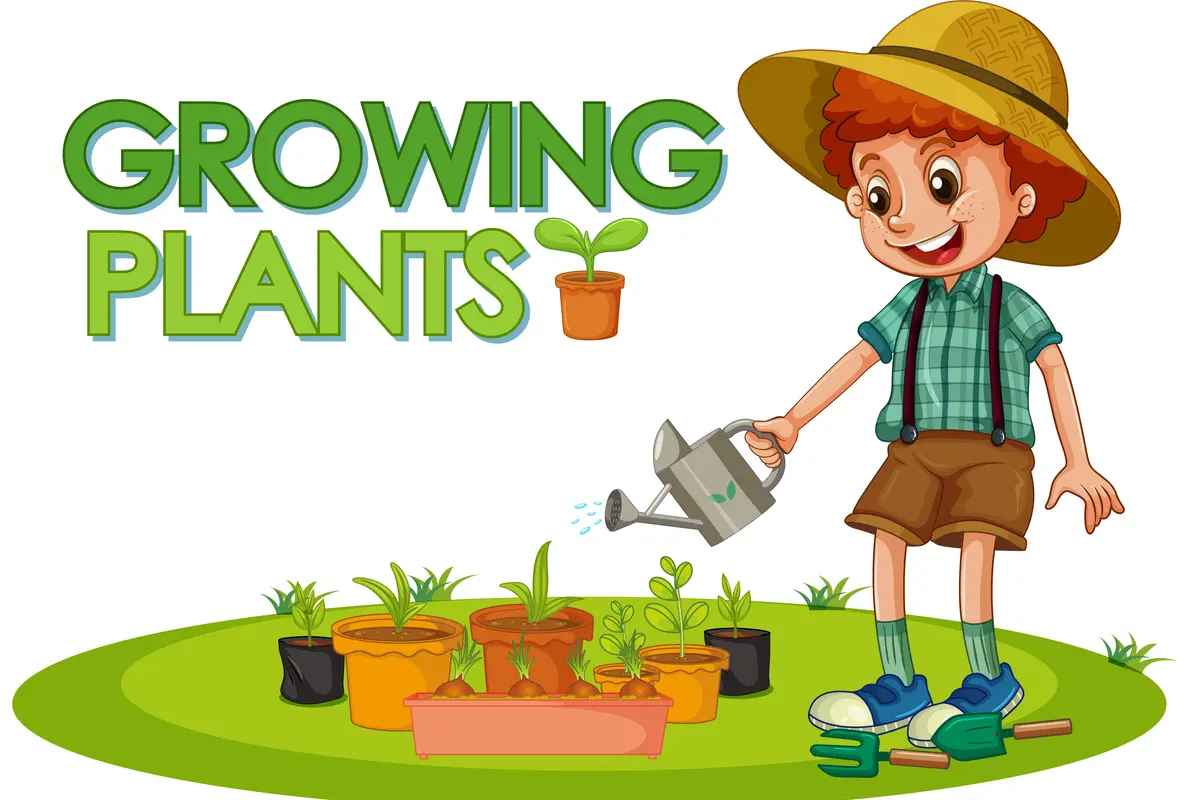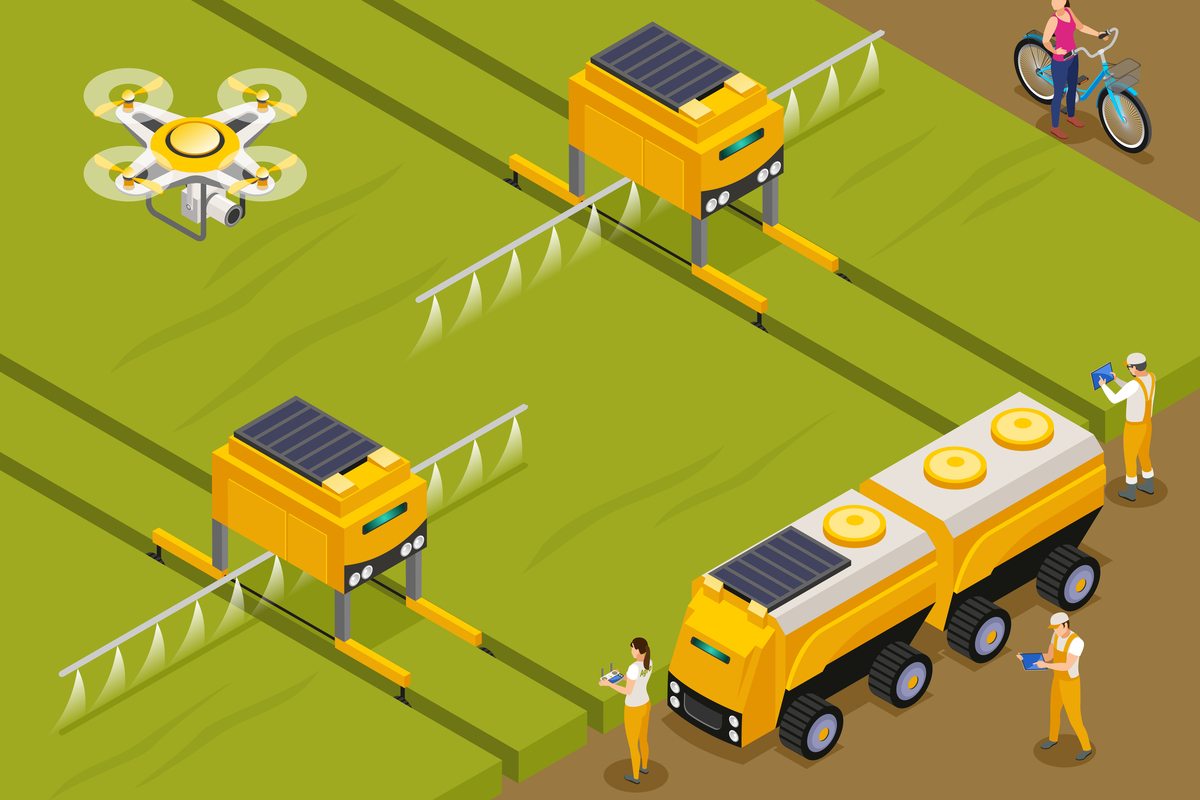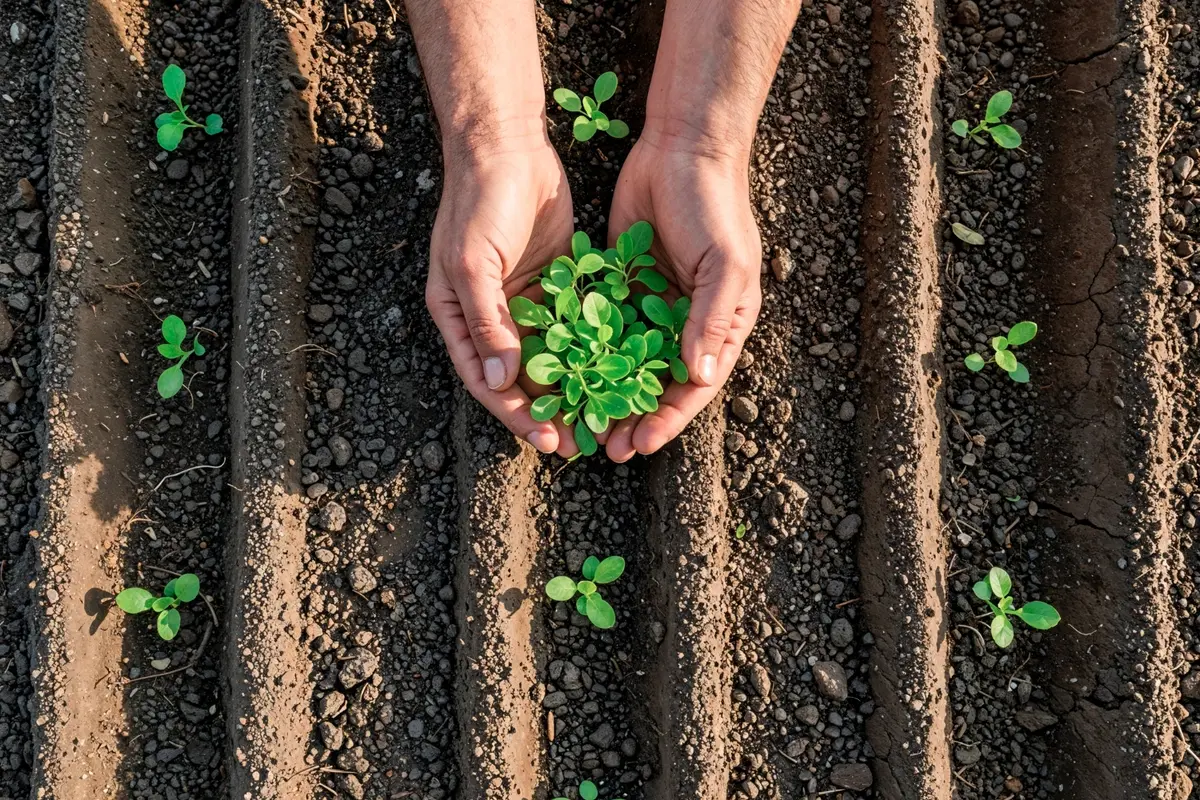Cabbage is one of the oldest cultivated vegetables. It is one of the most popular winter vegetables you can easily grow in your kitchen garden and enjoy a fresh and homegrown harvest in a few months. Cabbage is rich in minerals and vitamins and consumed as salad, boiled vegetables, cooked in curries, and many other ways. Cabbage cultivation at home is a rewarding endeavor that provides fresh and nutritious produce. Here’s a step-by-step guide to help you grow cabbage in your home garden.
Table of Contents
Selecting Cabbage Varieties
There are different types of cabbage, you can choose a particular variety that suits your climate and growing conditions. Generally, common types include green, red, and savoy cabbage.
Choosing the Right Time
Cabbage thrives in a relatively cool, moist climate; that’s why it is mainly grown as a winter crop. But you can also sow seeds in early spring for an early summer harvest.
Seed Sowing and Transplanting
Depending on your choice, you can start seeds in a raised and well-prepared nursery bed or seed trays, or pots with a seed-starting mix. During the seedling growing period, keep the soil consistently moist and provide adequate light for better growth. When the seedlings have 3-4 true leaves, they are ready for transplanting in the main field. Depending on the variety, optimal spacing between plants is essential. On the other hand, you can also sow the cabbage seeds directly on the main field after proper soil preparation.
Soil Preparation
Cabbage can adapt itself to varied soil conditions. Choose a soil type that is well-drained and rich in organic matter, or prepare the soil with well-rotted organic matter, such as compost, to enhance fertility and improve soil structure. The pH range should be between 5.5 to 6.5.
Sunlight and Watering
Cabbage prefers full sun but can tolerate partial shade as well. Cabbage cultivation requires a continuous supply of moisture. Heavy irrigation should, however, be avoided because of waterlogging conditions. You just need to water consistently to ensure the soil remains consistently moist.
Fertilization
Cabbage is a shallow-rooted crop and is a heavy feeder. Applying a balanced fertilizer with equal parts of NPK at the time of planting and side-dressing with additional nitrogen during the growing season, especially when the cabbage heads begin to form, can provide the necessary nutrients.
Mulching
Using mulch around the cabbage plants can effectively retain moisture, suppress weeds, and regulate soil temperature. Also, mulching can be beneficial in increasing the growth and yield of cabbage.
Pest and Disease Management
Keep an eye out for cabbage worms, aphids, and other pests and diseases like damping off, black rot, and downy mildew. If necessary, use organic or chemical methods to control the effect at the initial stage.
Harvesting
The harvesting time completely depends on different varieties, which can be between 80 to 120 days. Harvest cabbage when heads are large, firm enough, and feel solid. Harvesting may be done by a Sickle or any other convenient gardening tool. Cut the cabbage heads at the base, leaving a few outer leaves for protection.
By following these steps and adjusting them based on your specific conditions, you will be able to cultivate healthy and delicious cabbage and enjoy a bountiful and fresh harvest from your home garden.
FAQs
How long does cabbage take to grow?
Generally, cabbage plants take approximately 70 to 120 days from planting seeds to harvesting mature heads. However, it may depend on various factors, including the specific cabbage variety, growing conditions, and climate. Early varieties may mature in around 70 to 90 days, while late varieties might take closer to 100 to 120 days.
How many times does a cabbage plant produce?
Cabbage plants typically produce a single head per plant. Once the central head is harvested, the plant usually does not produce additional heads. However, some cabbage varieties are specifically bred to produce several smaller heads or to allow the plant to regrow after harvesting the central head. In such cases, side shoots may develop and can be harvested later.
What type of soil is best for cabbage?
A well-draining, fertile loamy soil with good aeration that allows for proper root development and helps prevent waterlogging can be ideal for cabbage cultivation. Also, the soil must be rich in organic matter, providing essential nutrients for robust growth.

